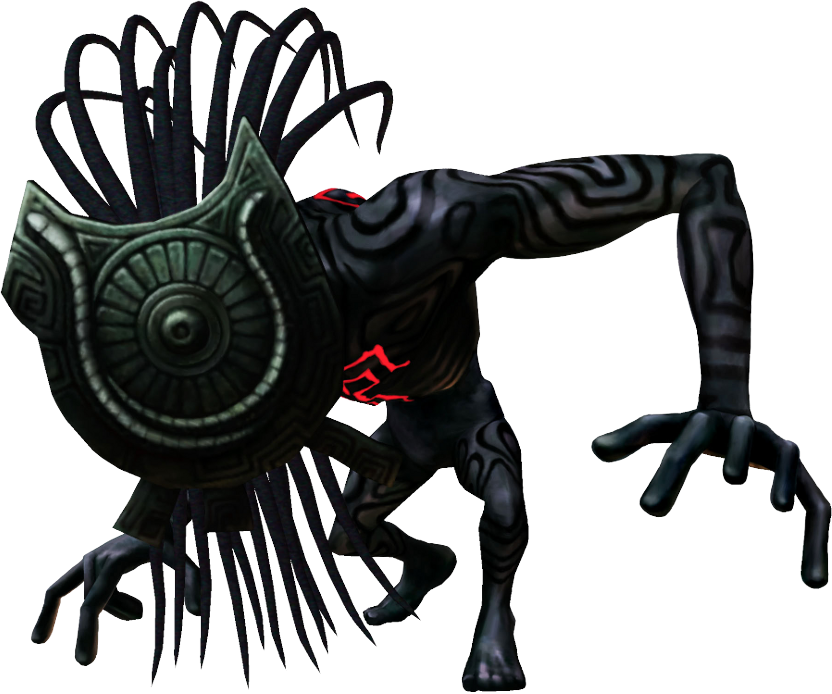Some people like to create their own rules to increase a games difficulty for example a popular challenge at the moment is the Nuzlocke challenge on Pokemon this increases the difficulty a lot as if Pokemon a player uses faints it has to be released therefore making it more difficult

Games get harder as you progress this is to keep you interested in the game this is done by increasing the difficulty by adding more enemies, more challenging enemies, enemies with more life, less weak points and so on. Difficulty is also increased by adding harder challenges like a puzzle that requires more thought. A good example of this is seen in The legend of Zelda Twilight Princess, from when you start the game and fight some goblins you end it by fighting large and multiple shadow creatures.

If a game is created too easy the player will loose interest as it will be too simple for them, they don't see the point in continuing, when a game is too hard the player will give up after a certain amount of time. This chart of the flow of a game explains it nicely.

If a game is made easy in some parts and hard in other parts it can be useful to ease the player into the game so it is not that difficult but that can only happen if they difficulty is controlled correctly, if not controlled correctly a difficulty curb is created making the game very hard for newcomers to play. A classic example of a hard difficulty curb is Gears of War 2's online multiplayer.

No comments:
Post a Comment